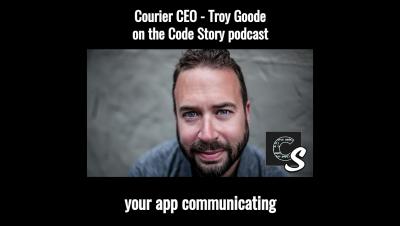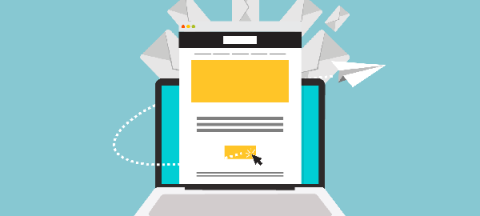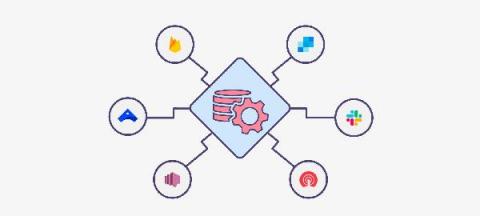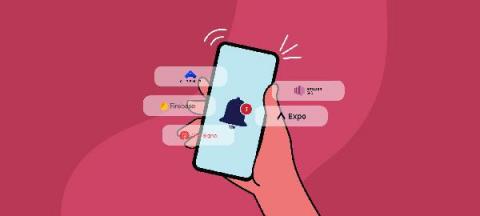Teams | Collaboration | Customer Service | Project Management
March 2021
Transactional Email Templates: What Makes Them Effective Plus Six Examples to Learn From
Transactional emails may seem dull and unimportant compared with marketing campaigns. Yet 64% of recipients find them the most valuable type of message in their inbox, making them the most important communication you can have with your customer.
Courier | Building User Notifications strategy at scale | Tommy Dang | Liza Gurtin
Courier Demo | Notification System | Transactional Email Service | Push Notifications | Design Email
Your In-depth Guide to Email Notification Services
Building an email notification system often starts with an “and when this happens, we’ll send an email.” Before you know it, you discover this is more complicated than you initially thought. It’s not your core competency, and you can’t afford to divert engineering time toward email notifications right now. You’re starting to look at a slimmed-down version of what you really want.
How to Design a Scalable Notification System
Creating the perfect notification strategy is like walking a tightrope of constantly changing do’s and don’ts. Send too few, and you may fail to engage your user base. Send too many, and you may quickly annoy them. Utilize multiple channels for a more holistic strategy and risk overwhelming your user. Focus on a single channel, and they might not notice your messages timeously. Send your notification in the morning, and it could get lost amongst all the others.
Top 6 Push Notification Services for Developers in 2021
Most people who interact regularly with smartphones and tablets are familiar with what a push notification is. They want their calendar application to post an alert to their mobile or desktop interface, for example, whether or not they have the app open or their screen locked. If they want to change when, how, or if they receive notifications at all, they simply adjust those in the application settings. For app developers, push notifications are a great way to keep users engaged with a product.
Build vs. Buy: What's better for a transactional email notification service?
“Transactional email is complex, and for most teams, it’s a tedious afterthought rather than a first-class citizen,” according to Postmark, an email API provider. When it comes to both transactional and triggered email, many software teams assume that the logical next step is to start building their own notification system. But moving down this path without a clear view of the complexities and the size of the undertaking might not be the best solution for your business.
Three Ways to Send Emails Using Python With Code Tutorials
For software products of every scale, emails are the de facto standard for notifying your users. It’s a fast, cost-effective, and readily accessible channel for reaching your users, especially if you’re sending transactional emails or generating event-driven alerts. In this post, I’ll go over three ways to send emails with Python. Apps can leverage Python for sending emails for an array of use cases.
What's New in February: Recipients list, New integrations, Java SDK, and plain text for emails
Need help getting started with an integration? Or curious what we’ve launched lately? With our in-app support center, you have everything you need to build and send notifications in one convenient spot. Check out our new support center here. To see the latest feature releases, what’s in development right now, and what’s on our future roadmap – including updates that don’t make our monthly highlights – visit updates.courier.com.











